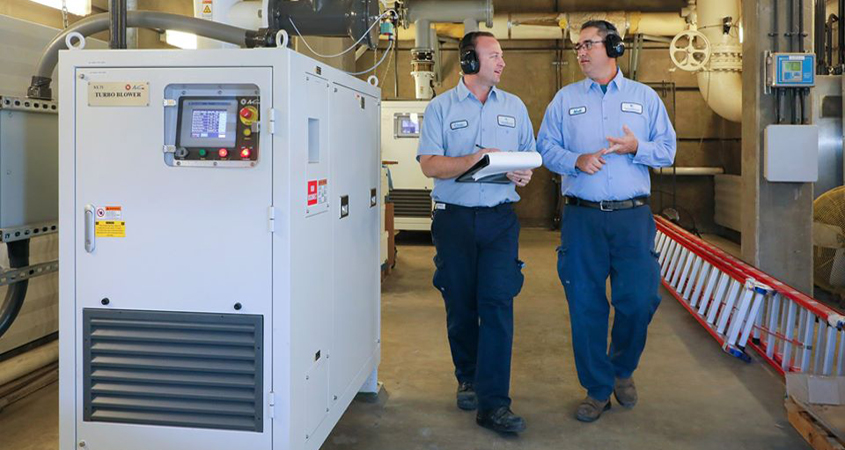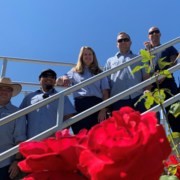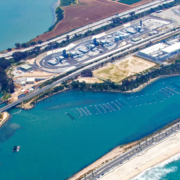Customer Thanks Vallecitos Water District Employees for Their Efforts
Most Americans take a safe and reliable water supply for granted. Dedicated water and wastewater professionals, including Vallecitos Water District employees, work to provide a secure, plentiful supply of drinking water.
Vallecitos Water District customer Manisha Bambhania has a deeper appreciation. A native of India, Bambhania grew up in a home where running water was only available three hours per day, and sometimes much less.
Bambhania frequently posted favorable comments on Vallecitos Water District Facebook posts. “She would commonly write words like, ‘We all need to conserve, regardless of the drought,’ or ‘Thank you for all you do. We are so grateful for the services you are providing,’” said Public Information Representative Lisa Urabe.
“After more than a year of continued praise from Manisha, the public information staff reached out to her to thank her in person for her comments,” said Urabe. “We met at her house where she proceeded to tell us her story of growing up in India. Even though she lived in an upper middle-class neighborhood, water scarcity and lack of reliable water and wastewater infrastructure was a very real part of daily living.”
Vallecitos staff created a video to share Bambhania’s story about the work of Vallecitos Water District employees.
Vallecitos Water District employees ‘inspired’
Vallecitos employees viewed the video at a recent all-staff meeting. One of those employees is Dennis Richardson, who has worked for the agency the past 13 years.
“I thought it was incredible for a customer to actually thank the employees for the jobs that they do, and also to give us her past life experience of living in India and the importance of the water to the community,” said Richardson. “I was really inspired by her video.”
Other staff were also pleased at the positive remarks for their work.
“We all enjoy our jobs, and take great pride in what we do in serving the public,” said Shawn Askine, a water systems supervisor. “We’re happy citizens recognize the hard work we do providing clean reliable water to your tap everyday.”
The original video featuring Manisha Bambhania has also won statewide recognition from the California Water Environment Association Film Festival.

Vallecitos Water District wastewater technicians Chris Deering and Matt Wiess at the Meadowlark Water Reclamation Facility. Photo: Vallecitos Water District




